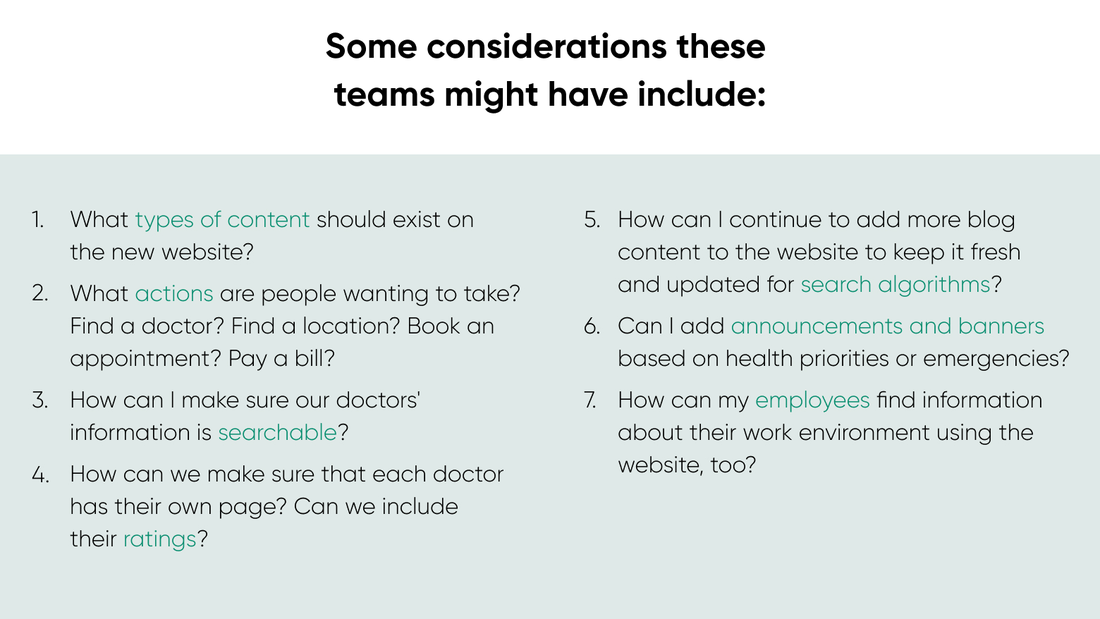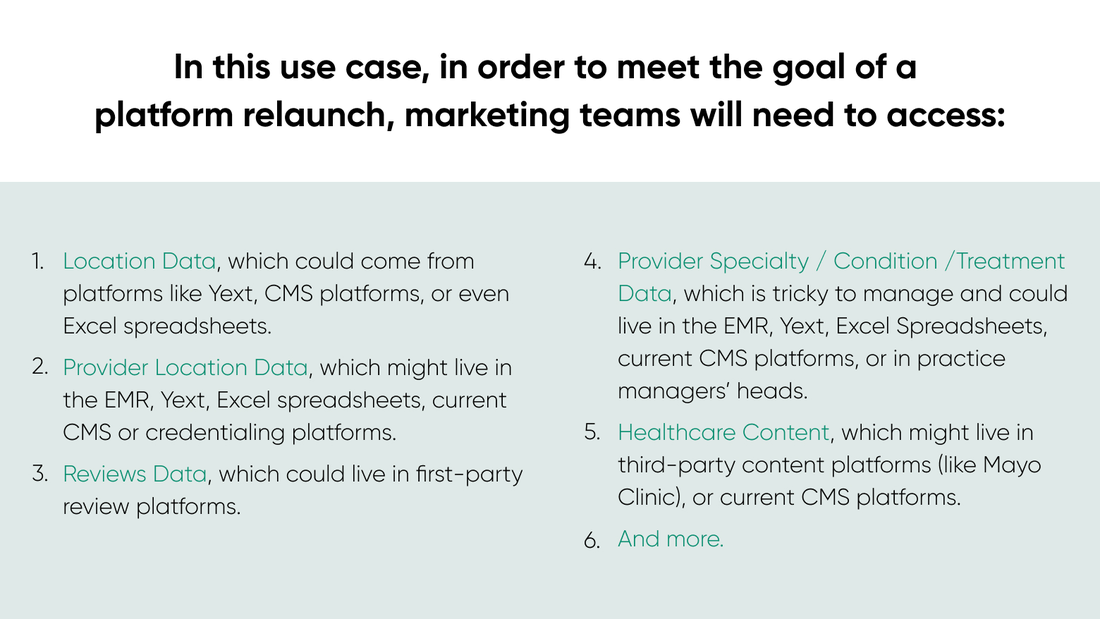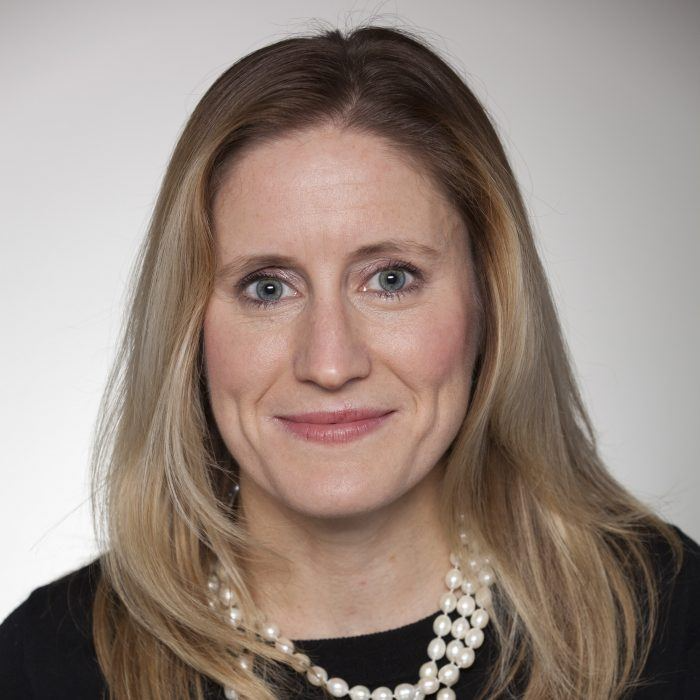
It’s time for IT teams to break down the data silos and think outside the EMR box. Here’s why.
Today, more than 95% of health systems in the United States have an Electronic Medical Record (EMR) system.* This is due to the Health Information Technology for Economic and Clinical Health (HITECH) Act of 2009, which required that health systems move their paper medical records to electronic versions. The act also elevated the role of the Chief Information Officer, who at that point held the keys and the budget to massive technology investments.
For the better part of the decade, those large software investments largely stayed within the EMR realm. This was costly: investing in an EMR meant spending millions — or billions! — of dollars on a platform that could take years to implement and onboard. It also consumed a great deal of focus time on keeping patient data private, providers up to speed on how to use the platforms, and more.
Today, things are different.
When HIPAA was passed in 1996, mobile devices and search engines like Google essentially didn't exist. Software platforms didn't either, and when EMRs were adopted over a decade later, organizations simply thought that investing in this "new technology" meant they were "one and done." But now that Moore's Law has firmly taken hold of our technological development, reliance on the EMR as a sole focus on the CIO's desk — as well as the single most important piece of technology within a health system — is a losing battle. The patient journey is no longer linear, digital platforms have proliferated, and it's impossible to think that relying on one monolithic piece of technology can solve all the problems for a health system — let alone drive a better patient experience.
It's time for IT teams to break down the data silos and think outside the EMR box. Here's why.
The digital push spurred by the pandemic opened our eyes to how disparate the technologies were within a health system.
During the pandemic, health systems found that it was almost impossible to send mass communications to current patients or to drive messages to patients to keep them safe because no one had the ability to make contact or know what software platforms were being used. Marketing teams invested in certain technologies, while HR invested in different ones, and patient experience teams made their own investments. Some technologies overlapped with one another, and it's certain that data that lived in all of these platforms probably overlapped. But because data didn't move from one platform to another, it became a nightmare to control.
We're now seeing IT teams respond by taking the technology reins and controlling tech investments across all teams within the organization. This is a good thing in many ways: IT then knows what software platforms are being used for what purposes, and they can consolidate investment to make sure the organization remains operationally and financially efficient. They now own what I would call the "EMR+" experiences. EMR is still an important (and expensive) piece of technology, but there is a recognition that one size doesn't fit all and that technology platforms need to connect.
Why might this be important? Because healthcare organizations need to drive patient acquisition and excellent patient experiences. IT teams can only help these two goals in so many ways – and it takes other parts of the organization to make an impact and use the tools that IT gives them to do it.
If an organization is looking to drive a better patient experience, they'll have to focus on a variety of digital properties: we know that over 70% of patients search online to find health information. Thus, they will encounter a healthcare organization via Google, via the system's website, via a mobile experience and more. But where does the data live that they'll need to drive engagement and ultimate conversion into a patient? On the website, probably — which is owned in part or whole by marketing.
Let's look at an example of something that happens frequently: a healthcare organization decides to replatform (i.e., switch their CMS). The marketing team is involved in that replatforming process, and an evaluation (along with IT) needs to take place on the best platform to choose.

These are just the tip of the iceberg, and marketing and IT need to be able to work together. If marketing's role is to drive patient acquisition and a better patient experience, can they lean on IT to help?
If IT is solely focused on EMRs, the answer is no. This is why it is so important that IT teams start to move beyond the EMR to understand how important data flow is between data platforms – including to and from the EMR.

The point of this exercise is to show that this data does not live in the EMR.
Without a critical understanding of how the data needs to flow from one platform where it does live, to another platform where it needs to live, the IT teams really cannot be of service to an organization's different teams.
It's time to acknowledge that data lives in multiple enterprise applications — and IT teams will need to focus on how to liberate the data in these applications, whether it's through a data-sharing infrastructure, a knowledge graph that can be leveraged by multiple teams (e.g., marketing, IT, HR, etc.), and IT teams to govern and manage the data.
Ready to learn more about optimizing your patient experience across digital touchpoints? Click here to download our whitepaper.
*The Office of the National Coordinator for Health Information Technology, 2019 report

The original version of this page was published at: https://www.yext.com/blog/2023/02/why-healthcare-it-teams-need-to-think-beyond-the-emr-connections
Yext (NYSE: YEXT) helps organizations answer every question about their business. Yext's Answers Platform collects and organizes content into a Knowledge Graph, then leverages a complementary set o... Read more
BAYADA Home Health Care Partners with Yext to Innovate Local Engagement for Home Health CareSince 1975, BAYADA has been at the forefront of the home care health movement, providing ...read more
This is a very strange time for all of us — especially in healthcare. But it is also a very interesting time, as it gives us the opportunity to see just how much healthcare is ...read more
The pandemic has taught us that people now expect enhanced digital experiences. After all, some of the most utilized websites during the pandemic – Amazon and Google – ...read more
The healthcare industry has been talking about the importance of digital transformation for years. But when the COVID-19 pandemic hit, the industry was faced with an uncomfortable ...read more